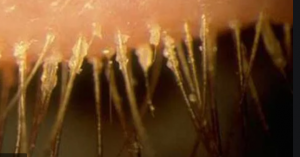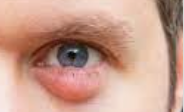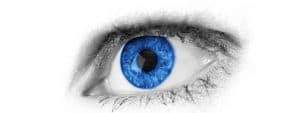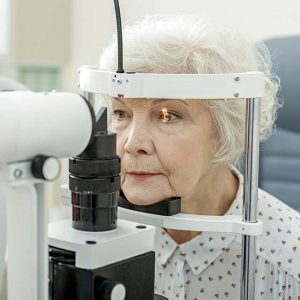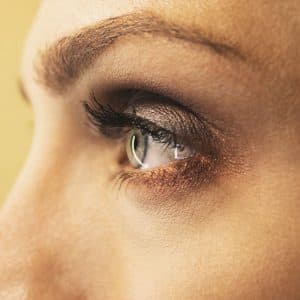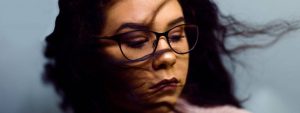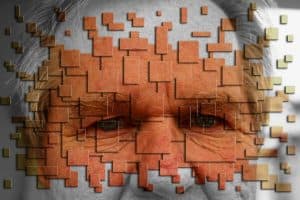Don’t worry if you notice ‘droopy eyelids’ as this condition can be treated.
Have you noticed your eyelids don’t appear like they used to? Perhaps they are sagging or drooping down?
As you age, the muscles around your eyes begin to weaken. This is a common cause of ‘drooping eyelids’, also called ectropion.
The activities you once enjoyed may be difficult when your eyes are watery or sore. Reading, driving, socializing with friends, applying makeup and even watching television can lose their appeal when your eyes are uncomfortable.
Fortunately, ectropion can be effectively treated.
How is ectropion diagnosed?
Ectropion is diagnosed during a comprehensive eye exam of your eyelids.
The eye doctor will use a bright light and a device known as a slit lamp to closely view your eyelids under high magnification.
The ectropion is diagnosed when an eyelid, most commonly the lower eyelid, is either drooping, sagging or falling forward. Frequently, the inner surface of the eyelid is visible.
Examination of the eyelids will include:
- Facial architecture
- Facial nerve palsy
- Eyelid laxity
- Eyelid pathology
- Punctal ectropion
- Corneal assessment
Differential diagnosis
It is important for your eye doctor to determine the cause of the drooping of the eyelids and to rule out any pathology or a range of serious conditions, such as:
- Eyelid cancers
- Reaction to chronic disease proptosis (e.g. thyroid eye disease)
- Damage to the eyelid from surgery (e.g. blepharoplasty or inferior rectus recession)
- Floppy eyelid syndrome
- Lamellar ichthyosis
- Facial nerve palsy
Contact an eye doctor near you if your eyelids appear to be drooping or if you notice any changes in your eyelids.
SEE RELATED: Do I have Floppy Eyelids?
How is ectropion treated?
Treatment of mild ectropion may include artificial tears eye drops or ointments in order to lubricate the eyes and prevent complications.
Treatment for moderate to severe ectropion generally involves eyelid surgery.
Oftentimes, artificial tears solutions are given to relieve discomfort until surgery can be performed.
If the ectropion is due to long term use of certain eye drops or an inflammatory skin condition, the eyelid sagging may resolve on its own when the underlying cause is treated.
Ectropion surgery
Ectropion surgery is considered both safe and effective. However, in some cases, the ectropion may return and a repeat surgery may be required.
There are several types of procedures that can correct ectropion. Your eye doctor will determine which type of procedure is most appropriate for you, depending on the cause of the ectropion and the health of the surrounding tissues.
Ectropion caused by aging. This involves the removal of a small part of the outer edge of the lower eyelid in order to tighten the muscles and tendons of the lid.
Ectropion caused by previous surgery or damage. This involves a skin graft procedure. Skin from the upper eyelid or behind the ear is removed and grafted onto the lower eyelid to provide the necessary support.
In some cases, a second procedure may be required for full correction, especially when facial paralysis or scarring is the cause of the ectropion.
What to expect before and after your procedure
Prior to your procedure, your surgeon will numb your eyelid and surrounding tissue with a local anesthetic. You will also receive an oral or intravenous sedative to help you feel more comfortable and relaxed during the procedure.
Following the surgical procedure, you may be required to wear an eye patch for 24 hours to protect your eye while it heals. You may also be prescribed an antibiotic and steroid ointment to prevent infection and reduce swelling.
Applying cold compresses for several days can also help to reduce inflammation and bruising— both of which are a normal occurrence following this type of procedure.
If your eyelid feels tighter than normal, rest assured that this feeling will disappear as your eye heals over the next two weeks. Your eye doctor will likely request that you make an appointment to remove your stitches one week post-surgery.
Tips to relieve ectropion symptoms at home
The following home remedies can help to relieve some of your symptoms:
- Keep your eyes moist. Lubricate your eyes with artificial tears eye drops and ointments to help prevent corneal damage. Moisture shields can be especially helpful when worn overnight.
- Be careful when you wipe. Repeatedly wiping your watery eyes can stretch your eyelid muscles and tendons, and exacerbate your condition. Wipe your tears starting from the outside of your eyelid in an upward and inward motion to protect the tissue around your eyes.
LEARN MORE: Guide to Dry Eye
If you have noticed any changes in the appearance of your eyelids, schedule an appointment with an eye doctor near you for a proper diagnosis and effective treatment plan.
If you are experiencing droopy eyelids, early detection and successful treatment will allow you to achieve clear vision while enhancing your appearance.


